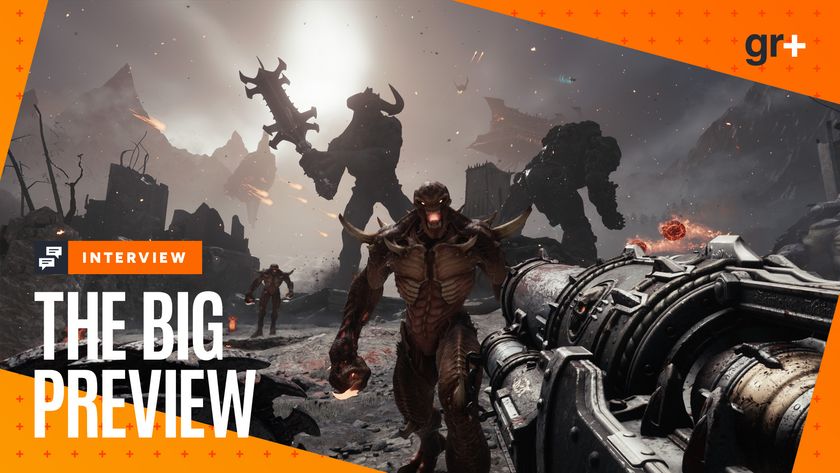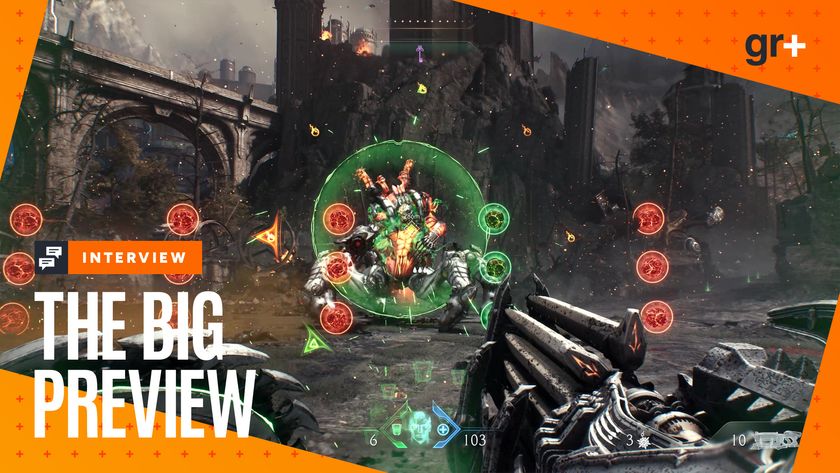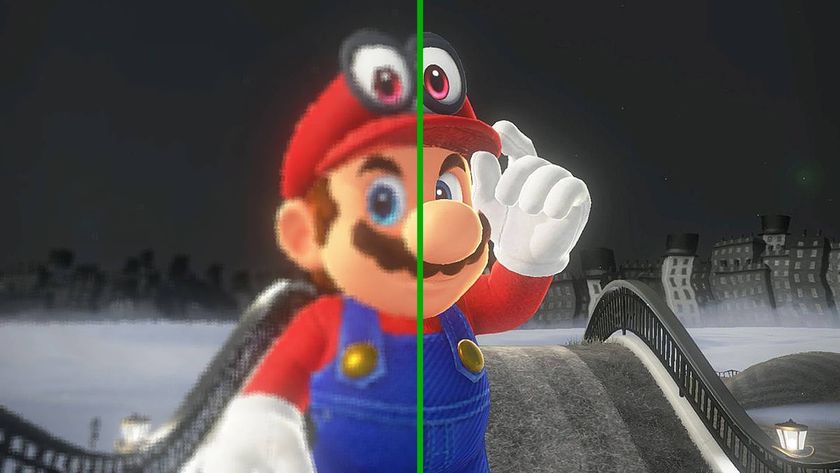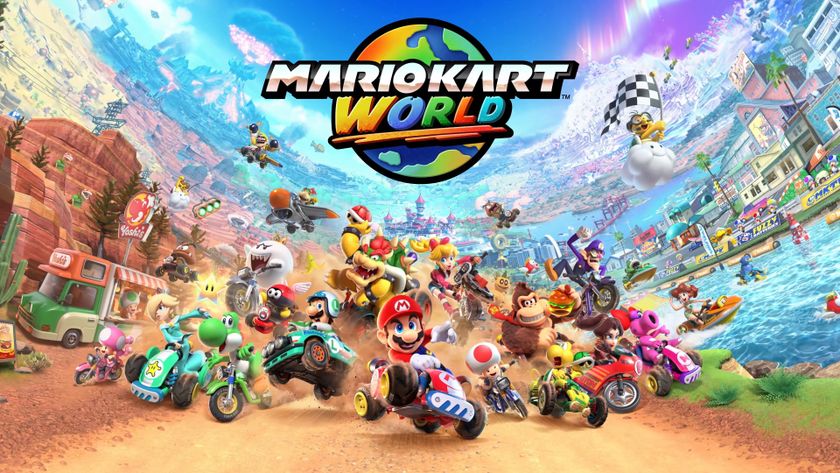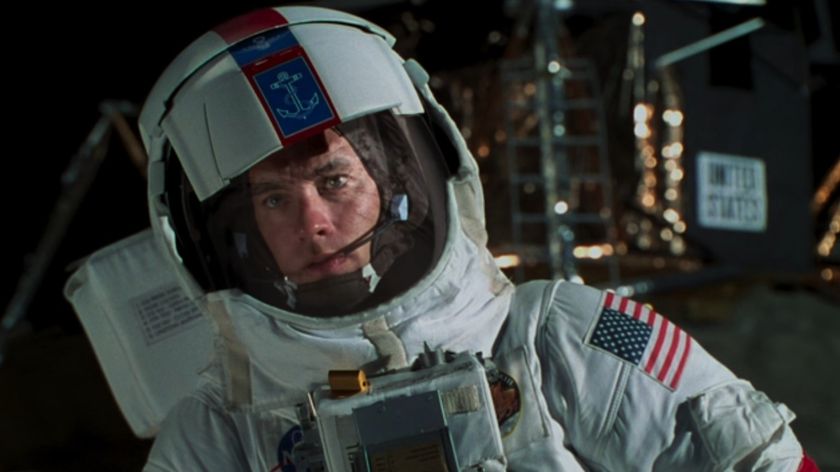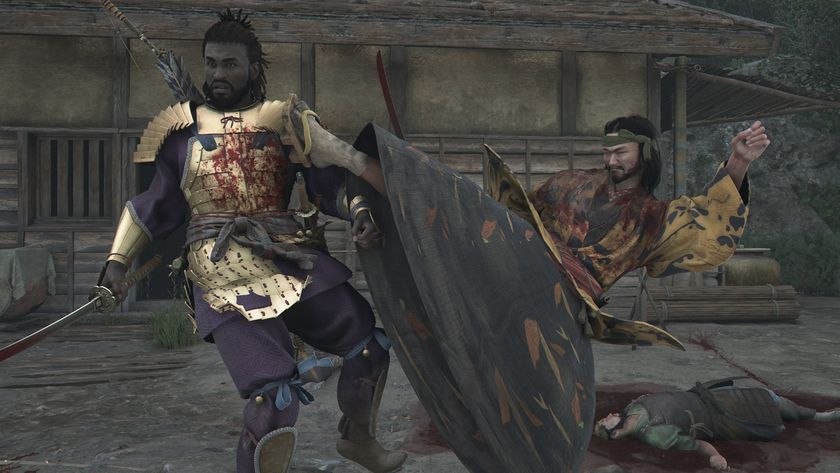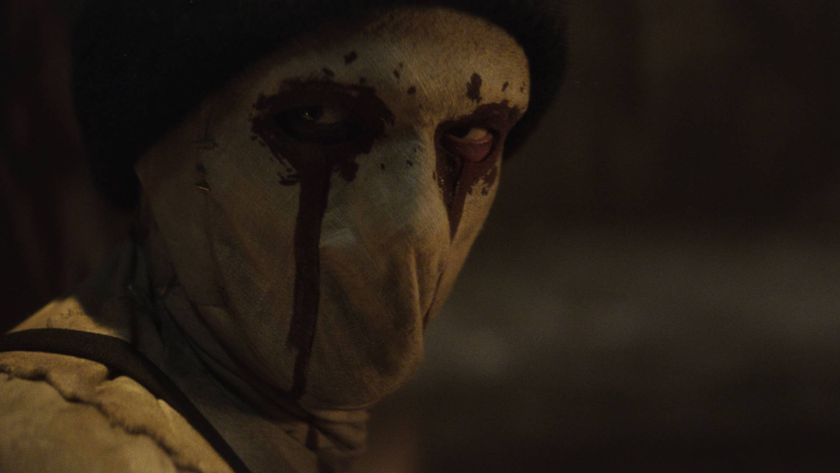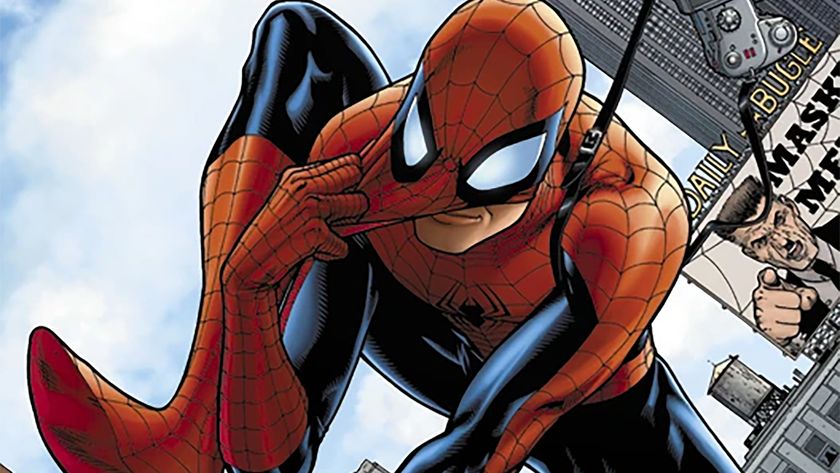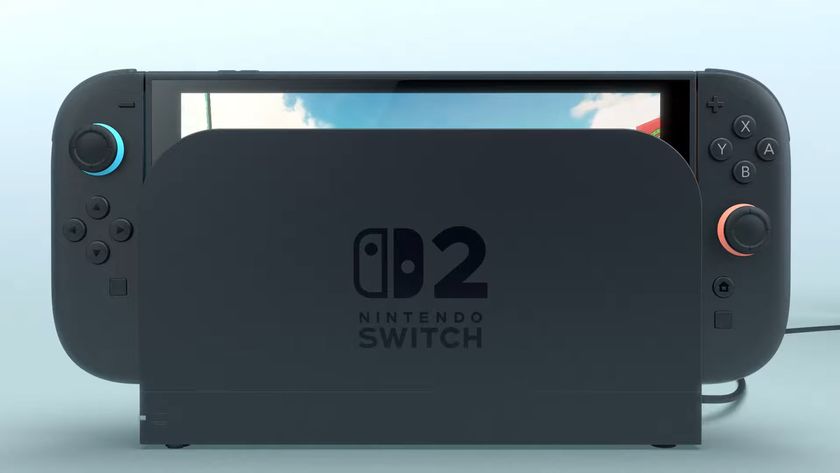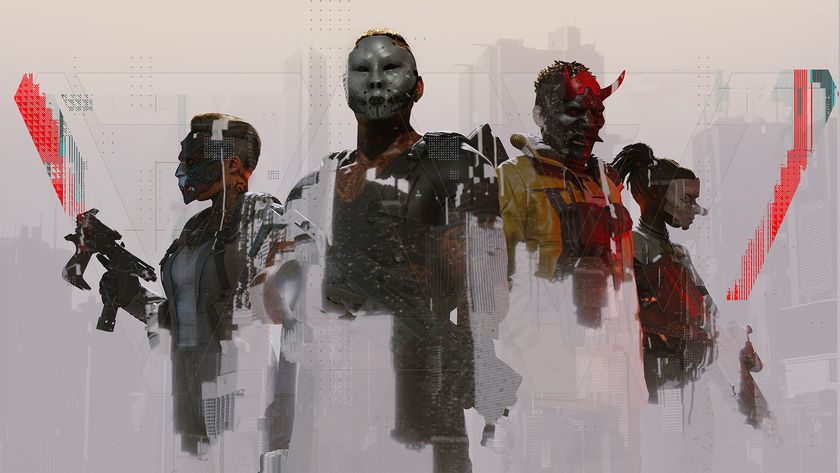
Boot up your favourite first-person shooter and cycle through your arsenal. What’s the most powerful weapon you see? The AK-47? Nah. Rocket launcher? Close, but no frag. Pistol? Now you’re not even trying. Every FPS is balanced differently of course, but the odds are good that the most powerful tool at your disposal is actually mapped to the melee button.
Think about it. In, say, Call of Duty, while an enemy soldier can withstand a round or two of AK fire without suffering so much as a graze, one thwack with the butt of your rifle and he’s anybody’s. It’s an almost Herculean feat of logic-defiance, but one that’s true in almost every FPS series you care to mention.

And there’s a good reason for FPS designers making it pay to bring a knife to a gun fight. It’s the golden rule around which the entire flow of combat revolves: if close-quarters combat is deadly, players learn to keep a respectful distance from the enemy, engaging them from afar and taking every precaution to ensure they don’t get boxed in, or leave their blindside exposed for a sneaky melee kill.
But there’s an upside to this caution: the adrenaline rush that comes with making a beeline towards an unawares opponent, and keeping your fingers, toes and you-know-whats crossed that they don’t turn around before you can get within stabbing distance. The suddenness gives everything meaning. At once chastening and exhilarating, you can see why one-hit melee kills are so widely adopted by developers.
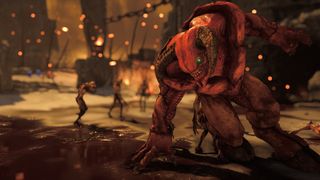
All of which brings us, mercifully, to DOOM (which we’ll refer to as ‘Doom’ from now on, for the benefit of our audiobook subscribers who don’t fancy having their windows blown out by their speakers). Now, Doom, with its non-recharging health bars and comically large cast of guns, has a reputation for being little more than a throwback. But those who have spent any time with it at all (and there’s a demo up on Xbox Live now, so you have no excuse not to) will know that in many ways, it’s a remarkably forward-looking and innovative title that looks to reinvent much of what we take for granted in today’s shooters.
Melee attacks are an area in which Doom particularly flexes its creative muscle. One-hit melee kills do exist, but they’re chained to your chainsaw, which runs on a fuel that is by far the scarcest resource in the game. Even at max strength, you only have enough juice to take down one big enemy, and there’s no way of knowing when you’ll next get a chance to refill the tank. It’s an effective panic button, allowing you to slice through even a Baron of Hell if fully charged. And yet as you familiarise yourself with the gameplay beats you’ll often find yourself deploying it against more mundane enemy types, thanks to the chainsaw’s unique property: it causes any enemies it kills to spill out a fountain of the game’s other scarce resource, ammunition.
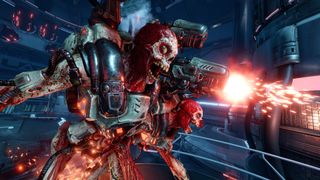
All of which is to say that one-hit melee kills aren’t really a ‘thing’ for the most part in Doom – which does make sense, given that it’s a faster-paced, more kinetic shooter than its contemporaries. But in its place comes something quite brilliant: the glory kill.
Sign up to the 12DOVE Newsletter
Weekly digests, tales from the communities you love, and more
Glory kills occur when you inflict heavy damage on an enemy. For a brief window, the monster flashes a brilliant orange and staggers around. There are then three possible outcomes: leave them be, to snap out of it and regain an unspecified chunk of health. You could finish them off, but that takes more bullets than you might think and involves strafing around them while dodging everything else. But the third, and best, option is to saunter right up to the stunned enemy, for it’s only in this state that they’re susceptible to the glory kill – an ultra-brutal, ultra-satisfying one-hit melee butchering.
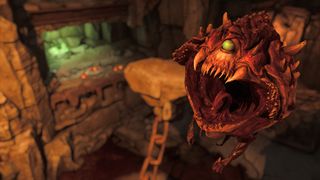
But conserving ammunition isn’t the only reason glory kills rule. Successfully pulling one off causes the vanquished enemy to spew out health in a final act of clemency. Apart from pick-ups dotted infrequently around the battle arenas, this is the only way to regain health, so as you grow in confidence you start to see enemies that were once the bane of your existence as valuable resources to be harvested. Take Hell Knights – the chrome-domed brutes who home in mercilessly on your position. Once a source of great pain to me, their spawning eventually became a blessing after I’d devised an effective tactic: I reserved the chaingun almost exclusively for softening them up. And so they become walking health packs that deliver themselves to me, gift-wrapped, just when I need them most.
The bigger the enemy, the bigger the health reward. Performing a glory kill on a Baron or a Mancubus can single-handedly save a run from the brink of disaster. But that means keeping your enemies close and your absolute worst enemies even closer. There’s no worse feeling than being low on health but having to finish off a Mancubus with a grenade because there isn’t a clear path for you to reach it unscathed.
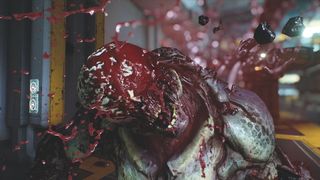
Interestingly, on higher difficulties glory kills are often more trouble than they’re worth. In a shooter that’s all about keeping moving and maintaining your distance from the pack, the lengthy animation frames required to complete a glory kill often prove fatal. You’re invincible during the act, but when it’s over you might find yourself completely surrounded.
But then, isn’t that what it’s all about? Desperate times call for desperate measures, and for the besieged Doom player that means a final all-or-nothing charge into the unknown. In Halo or Call of Duty, retreat is always the smartest option. Doom forces a different battle strategy; one that sees you charging ever forward.
This article originally appeared in Xbox: The Official Magazine. For more great Xbox coverage, you can subscribe here.
The official source for everything Xbox One, Xbox 360, and Xbox Series X. We're also a magazine, covering all things Xbox in the UK and the US. Originally established in 2001, the magazine was discontinued in April 2020.

